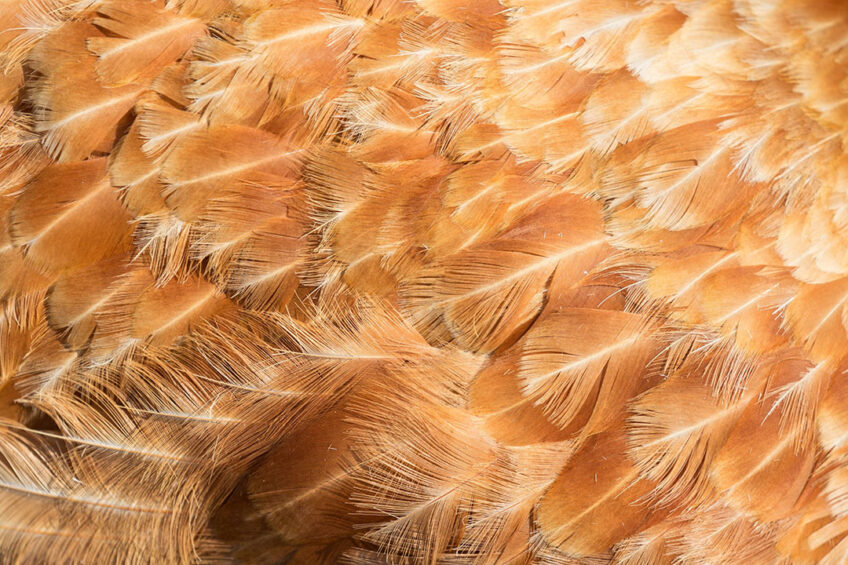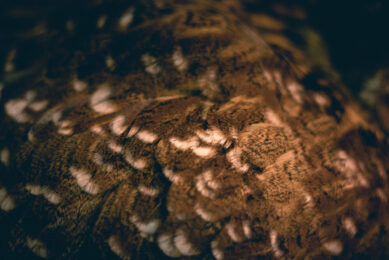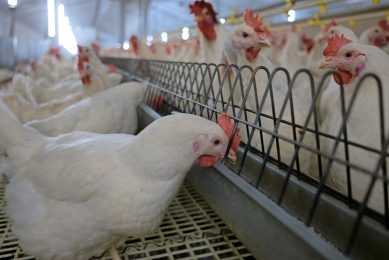Examining the value of chicken feathers for clean energy

Hopes are growing that chicken feathers could be used to fight climate change and produce clean electricity.
Until recently, most of the 40 million tonnes of chicken feathers produced annually across the globe have been incinerated or dumped with other waste material that hinder their biodegradability by soil microorganisms.
These methods are energy intensive and also lead to the loss of the valuable protein keratin that forms 90% of chicken feathers. But now, researchers have found they can use chicken feathers to make fuel cells more cost effective and sustainable. Using a simple and environmentally friendly process, they extract the keratin and convert it into ultra-fine fibres known as amyloid fibrils, which can be used in the membrane of a fuel cell.
CO2-free electricity
Fuel cells generate CO2-free electricity from hydrogen and oxygen, releasing only heat and water. The researchers at ETH Zurich and Nanyang Technological University say they could play an important role as a sustainable energy source in the future.
In conventional fuel cells, membranes have so far been made using highly toxic chemicals which are expensive and don’t break down in the environment. But the membrane developed by the researchers consists mainly of biological keratin, which is environmentally compatible and available in large quantities as well as being 3 times cheaper than conventional membranes.
Professor Raffaele Mezzenga, professor of Food and Soft Materials at ETH Zurich, said the latest development closes a cycle: “We’re taking a substance that releases CO2 and toxic gases when burned and used it in a different setting: with our new technology it not only replaces toxic substances, but also prevents the release of CO2, decreasing the overall carbon footprint cycle.”
Other uses of hydrogen
There are challenges still to overcome before it can become a major environmental energy source: “Hydrogen is the most abundant element in the universe – just unfortunately not on earth. Since it doesn’t occur here in its pure form, it has to be produced, which requires a great deal of energy. Here, too, the new membrane could serve well in the future, because it can be used not only in fuel cells but also in water splitting.”
The new membrane is permeable to protons and thus enables particle migration between anode and cathode necessary for efficient water splitting, even in pure water.
The next step will be to investigate how stable and durable their keratin membrane is, and to improve it if necessary. A joint patent has been filed and the team is looking for investors or companies to develop the technology further and bring it to market.
*The study, Renewable Energy from Livestock Waste Valorization: Amyloid-Based Feather Keratin Fuel Cells, is published in the journal ACS Applied Materials and Interfaces.










